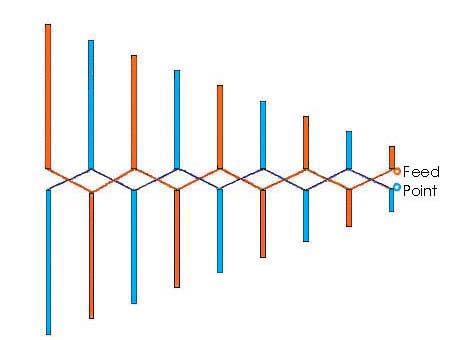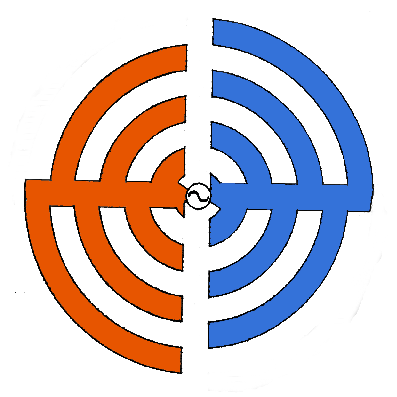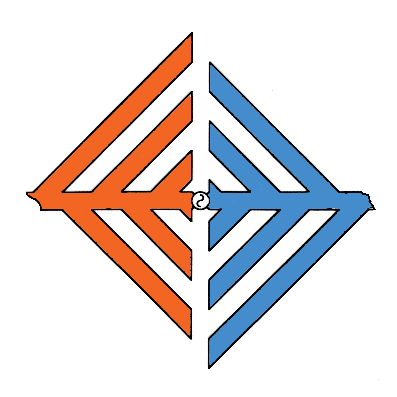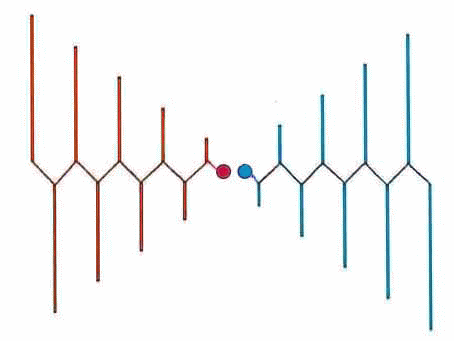| Transposed Excitation of dipole array resulted from practical modifications of Self-complementary antenna. |
||||||||
|
||||||||
|
||||||||
| (1).Modified Self-Complementary Dipole Array (MSCDA) is derived from Self-Complementary Antenna (SCA) aftersome steps of practical modifications, and it becomes transposed excitation as an See: Y. Mushiake, Self-Complementary Antennas, |
||||||||
| (2). MSCDA does not have broadband property unless it has transposed excitation. This fact is distinct evidence that the Log-Periodic shape does not provide Dipole Array with broadband property. |
||||||||
| SCA | Top Page | ©ΘβΞAei |



